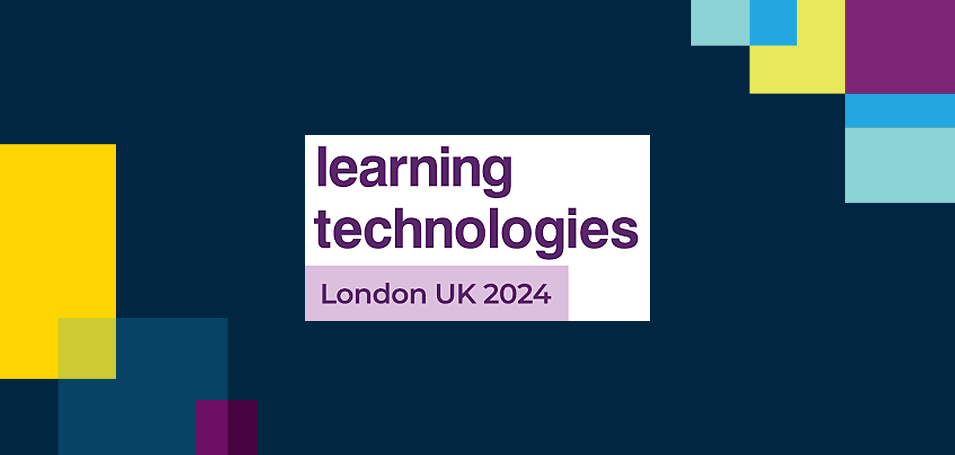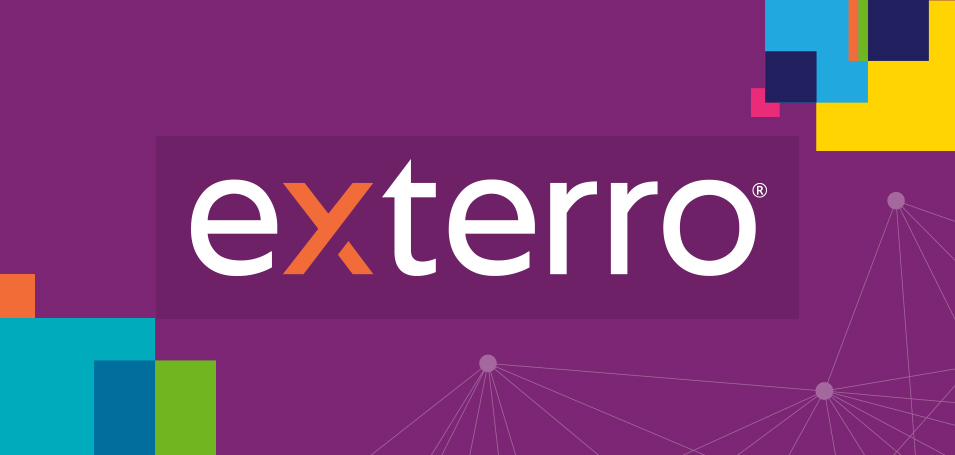Where do you do your best thinking? In the shower? At the gym? In the checkout line at Whole Foods?
No matter when or where your creativity sparks, it’s important to capture your ideas so you can create engaging and effective eLearning programs. When you’re an expert in your field, it can be tempting to pack your course with everything you know. But smart course designers realize that it’s not enough to simply churn out a laundry list of topics. You need to be selective, too.
Identifying your core “need to know” content and prioritizing it over other information that’s merely “nice to know” is the first step in developing a consumer learning program. Why? Because you can have too much of a good thing in an online course. Cram too much information into your online school and you run the risk of giving students a serious case of information overload. At the very least, they might not complete the course. Worse, learners might be so turned off that they don’t enroll in your other courses or buy your products.
Let’s say you’re developing a basic course for people new to photography. You’re passionate about the history of the art form and your bookshelves are bulging with biographies of Robert Cappa, Annie Leibovitz and other legendary photographers. You can talk a blue streak about lenses and editing apps and your Instagram following is ginormous. Your ideal learner, however, still hasn’t taken her point-and-shoot camera out of the box. See what I mean? When you’ve got oodles of ideas, scaling back on your curriculum is a good approach. But you need to make sure you trim the right content. Skimp on the core learning and your students will leave feeling hungry and unsatisfied.
So, how do you serve up the right content? The key is to select the essential information and skills practice and deliver those in ways that keep your students satisfied.
With that in mind, let’s revisit our photography course example. How do you decide what to include in your beginning level course? First, start with a brainstorm and list all the information and skills you think a novice photographer should know.
You can jot down your ideas in a notebook or your note-taking app of choice. Or try using sticky-notes or index cards. How you choose to capture your thoughts doesn’t matter—what you’re after is a soup-to-nuts compendium of possible topics.
While you’re brainstorming, resist the urge to start creating activities, developing a course outline, or writing text for your landing page. Instead, mine your expertise, let your ideas flow, and don’t worry about how or whether they’ll make it into the final version of your course. Once you’ve got a sense of what you think you’d like to cover in your course, put down your pen — or step away from the keyboard.
Now that you’ve got your thoughts out of your head and on paper, set aside those notes and re-focus.
Take some time—a day or a week, whatever works for you—and get really clear about your ideal learner and your course objectives. Ask yourself questions like these:
- How much does the learner already know about the topic?
- Does he want to learn new information? Or is he more interested in gaining a new skill?
- Is this course a one-off? Or will it be part of a series?
Think about your course curriculum in terms of essential “need to know” topics and supplementary “nice to know” content. Once you’ve answered those questions, you’re ready to take another pass through your topics. Take out your list and start prioritizing your content. Ask yourself:
- Does the learner need to know this?
- Is this essential information?
- How will this content help meet my course objectives?
As you go through this process, some of your great ideas and “nice to know” content won’t make the cut. You may find that this information fits better in another course. Or perhaps you can repurpose it to use as marketing content or in social media updates for your business.
So, the next time you sit down to cook up an elearning program, use the right “need to know” ingredients. The best online courses, like the most memorable meals, are bountiful yet balanced.


